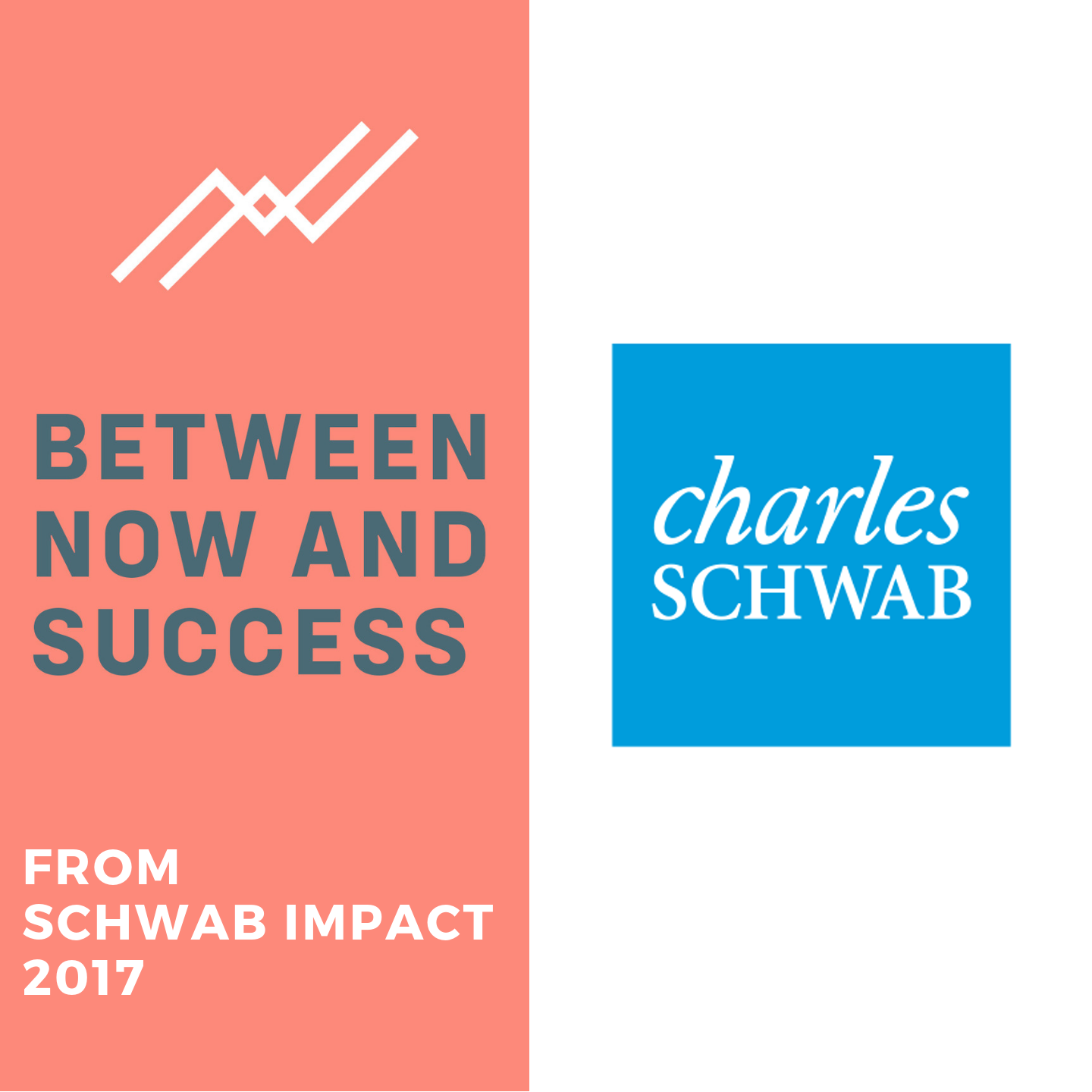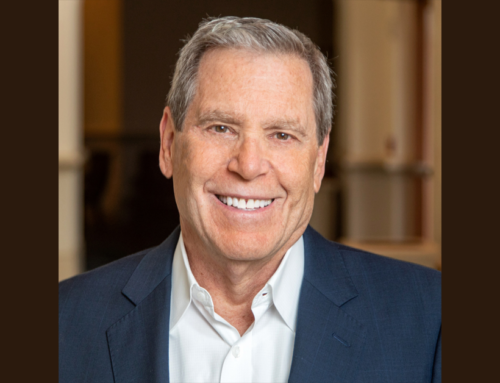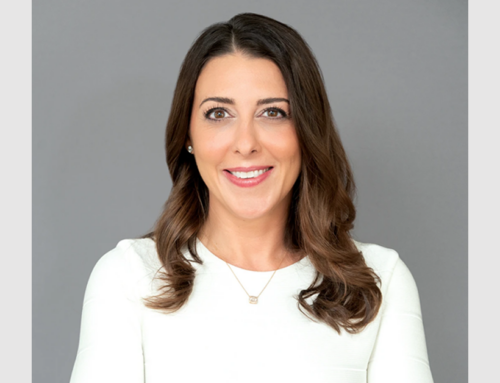In the last 35 years, we’ve seen the following happen in the financial markets:
- The beginning of the great bull market in August 1982.
- The stock market crash on October 19, 1987.
- The technology bubble of 1995 – 2000.
- The bear market of 2000 – 2002.
- The real estate bubble of 2002 – 2007.
- The Great Recession of 2007 – 2009.
- The amazing, low-volatility bull market of 2009 – today.
Two leading financial advisors have been through it all and on today’s podcast, we come to you live from Schwab Impact 2017. We discuss what they’ve learned, share their insights on how to be successful going forward, and get the perspective from a Schwab executive on supporting and building excellent RIA firms.
For 30 years, Charles Schwab has been providing services to independent RIAs and I was pleased to host a panel discussion at Schwab Impact 2017 in Chicago.
Joining me on the panel were:
Steven Kaye, CEO and Founder, AEPG Wealth Strategies. Steven founded his firm 1980.
Tom Meyer, CEO, Meyer Capital Group. Tom’s grandfather founded the firm in 1963, and Tom joined the firm in 1982.
Jalina Kerr, VP, Client Experience, Schwab Advisor Services. Jalina joined Schwab in 1994 and is a 25-year veteran of the financial services industry.
To continue reading the rest of this post, please register below with your email address.
7 Insights from the Schwab Impact Panel Discussion
1. How you communicate with your clients before and during the next bear market could make or break your business.
When the stock market crashed on October 19, 1987, Tom stayed in his office until midnight calling clients. Funny thing is, some of his clients said, “What are you talking about, Tom?” Back then, there was no internet and few people had cell phones so some of Tom’s clients had no idea the market had crashed. Today, of course, it’s completely different. The next crash will play out in real-time on Twitter, CNBC, Facebook, and thousands of other media outlets and blogs.
Here are a few things you can do to prepare your clients for the next bear market.
- “Have deep conversations to manage clients’ expectations about the future,” says Steven.
- Communicate frequently. Steven moved to a weekly newsletter from a monthly one during the 2007 – 2009 bear market.
- Keep reminding your clients, “It’s not about the markets, it’s about you and what’s good and right for your family,” says Tom.
For more insights on preparing for the next bear market, read my blog post on 3 things to do now to prepare for the next bear market.
2. When you are considering technology for your business, look for technology that can integrate with other systems, and has the ability to scale as your business scales.
“We really believe that technology is going to be the thing that helps smaller advisors punch above their weight class,” says Jalina. Tom added that he outsources as much of his tech stack as he possibly can. “You have to keep up and if you’re not cutting edge today, I just think that your business is not going to grow. It’s that simple,” he said. Steven went even further and said, “Pretty soon I think three quarters of our business, except for compliance, will be outsourced and that will enable us to grow and scale.” But there is a catch here. The panel agreed that we should use technology to make the business more efficient, but, it should not be at the expense of the one-to-one client relationship. “You can’t outsource that, and that’s the costly part of your business,” said Tom.
3. There’s a difference between being an entrepreneur, and building a company.
“I think I hit that wall when I had $400 million in assets, maybe $500 million,” said Tom. That’s when he went from being an entrepreneur (leading everything), to building a company by hiring a Chief Operating Officer, “who takes care of everything, makes my life much easier, so I can go ahead and concentrate and what I love to do best, and that is deal with clients each and every day.” Successful advisors are able to hire the best people, delegate much of the day-to-day running of the business, and focus on what they do best and love the most. For some advisors, that means working with clients. For others, it means shifting from being an advisor to being a business leader. Either way, you must decide what your role will be as your company grows from a 7-figure revenue business to an 8-figure one.
To see if you have what it takes to be the CEO of a billion-dollar AUM RIA firm, read this.
4. To build a fast-growing enduring business, brush up on your leadership skills.
For Jalina, leadership involves being a change agent. “Sometimes that means helping advisors change because there’s maybe a better way, or sometimes it’s about helping our employees change to make sure that they’re evolving and that the support that they’re providing advisors is growing right along with the industry,” she said. She also tries to foster, “a natural curiosity about the world around you. Don’t just focus on, ‘This is my job and this is the part of it that I do or that I own.’ If you take that broader view, you start to learn more about the other functions, you have a lot more understanding for what other people are facing when you are trying to navigate change.”
Learn more about being a leader from my podcast with former Caterpillar senior executive Ed Rapp (and hear his compelling personal story).
5. Enhancing the client experience is becoming increasingly important as clients get more demanding.
“If I had to pick one thing that improved client experience more than anything, it’s having them fully engage with their client vault or portal. It gives them peace of mind,” said Steven. Leverage the data in your CRM to find other ways to improve the client experience, said Jalina. She shared an example of how one advisor noticed several clients who shared an interest in wine, so the advisor put together a wine club and brings in different wine makers for an evening of learning and fun.
6. It hasn’t happened yet to most advisors, but fee-compression is coming.
And when it does, “You better have a very efficient, lean, well-run machine in the next three to five years,” said Tom. While the average AUM fee charged by advisors has hovered around 1% according to the 2017 RIA Benchmarking Study from Charles Schwab, for many advisors, their margins have shrunk as they’ve delivered more services for the same fee. “High net worth clients are getting so in tune now to the fees that they’re paying,” said Tom. So how do you hold the line on fees? Deliver extraordinary service. Steven shared a recent example.
A retired 83-year old Chief Medical Officer’s wife got ill. He didn’t need the second car, wanted to sell it. We said, ‘We’re not letting you sell that car. We’re not letting strangers come to your house and perhaps rip you off.’ So we had him bring his car to our office and we had one of our team members out there every time he showed the car to make sure he wouldn’t take a bad check or get ripped off.
People will pay for that level of care and service. And in Steven’s case, they charge an initial planning fee in the $5,000 to $10,000 range.
7. Mine the data in your CRM and your technology providers to identify patterns so you can deliver more personalized service.
In my podcast with MIT research fellow Michael Schrage, he said we can use technology to automate, (take human beings out of the loop), augment, (add value to the human beings in the loop), and to segment and personalize your client relationships. Similarly, Jalina said predictive analytics, and combing your data can help you find patterns and linkages that enable you to deliver more personalized service. The net result is advisors can be even more proactive than they already are and create more opportunities to help clients.
Resources
– The Ideal Team Player by Patrick Lencioni
– A Beautiful Constraint by Adam Morgan and Mark Barden
– The 2017 RIA Benchmarking Study from Charles Schwab
– Learn more about the invite-only Schwab Impact Conference
– Values Clarification Toolkit Click here to download this FREE tool and start living your values.





